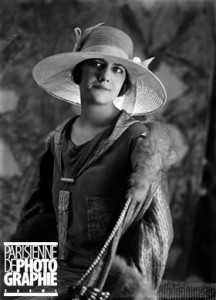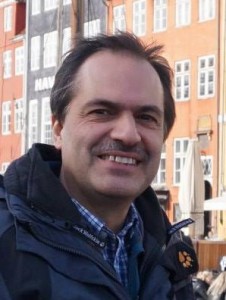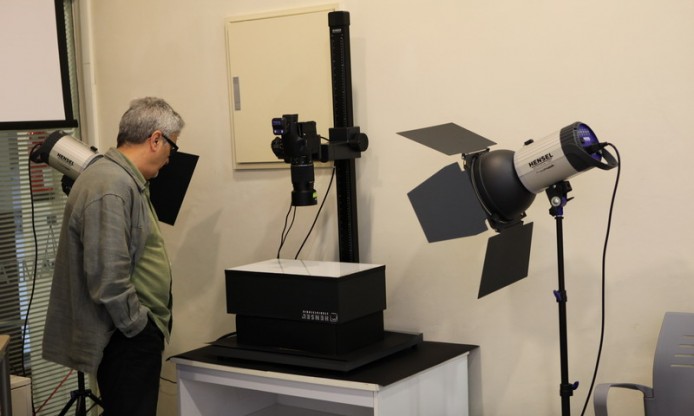photo courtesy of David Iglesias Franch (CRDI).
An interesting article appeared on the Digital Culture Blog by Prof. Fred Truyen, about the relationship between the trend of rediscovering early photography and photographic techniques and the role of digital technologies for preserving and reproducing it.

BORIS LIPNITZKI (1887-1971)
Of course, despite a certain interest in revival of early photographic techniques today, which however doesn’t add much to the art of photography in itself or to its development, the innovations brought in by the digital technologies strongly impact also on early photography.
To the non – specialists, digitization of early photography seems an easy process, where you just take a photo or a scan of the old photo and store it somewhere on a server: it isn’t at all the case. For example, Fred widely explains how “it is quite naive to think that you can digitize any old photo technique in the same way. Well, yes you can, but the accuracy of your digital representation will be hugely different, even at the same level of digital precision, eg at the same resolution, color space and depth.”. This is due to the fact that the different early techniques require different digitization processes to be rendered at their best – which is indeed necessary for digital preservation purposes and also for research and representation purposes (e.g. for exhibitions).
As Fred keenly points out, “the mistake is to think the digital image is a representation of the original photo and its properties. It never is. It is a rendering of the information obtained from the original bearer. It are two distinct processes: the serialization to obtain the digital master, which contains the image information, and the rendering of a representation, a visualisation. (…) The digital master itself will never be a “clone” of the original photographic object – it just holds the information -, and we are still very far from the day in which the digital master will allow us to reproduce a clone from the original daguerreotype, tintype or even silver gelatine glass plate. In this sense the daguerreotype still remains a unique object. So part of the reason analog photography isn’t dead, is not so much nostalgia, but the simple fact we did not yet manage to serialize it properly yet.”
The possibilites of use for this high quality information from a (possibly, cultural-heritage-relevant) early photographic item are still somehow unexplored, certainly allowing for visual, artistic, sociological research, or for cultural exploitation in prints, 3D renderings, exhibitions, or for creative re-use in innovative applications and services… and possibly much more coming in the next future.
PHOTOCONSORTIUM association, grouping real experts and expertise in the various fields involved with digitization of early photography (selection processes, treatment of the originals, digitization techniques, equipment selection, setting and calibration, indexing and metadata management, IPR…) “has the goal and ambition (…) to go beyond the current state-of-the-art in digitizing early photographic techniques.”.
Read the full article on Fred Truyen’s Digital Culture blog.
 About the author:
About the author:
Fred Truyen is professor at KU Leuven and teaches Information Science and Online Publishing. He’s responsible for Digital Media at the Institute for Cultural Studies.
He was the coordinator of the important EU-funded digitization project Europeana Photography and is the president of PHOTOCONSORTIUM association.


